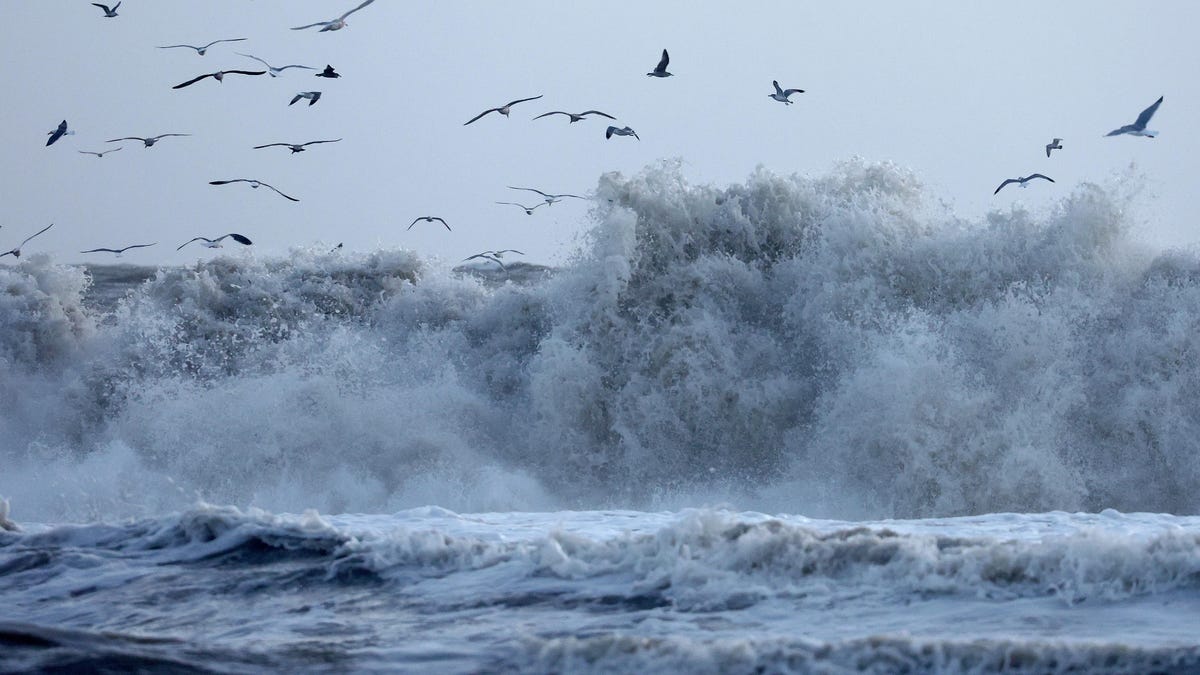- Thread starter
- #21
The oceans are not being chilled by the melting ice caps. They are accumulating heat at a ferocious pace and that heat is a good part of what is melting the poles.What a buncha nonsense.
With the ice caps melting that "drink" will stay cold for quite a while.
Bring on the Billy Gates sunscreen program (insulated Cupsoft--second edition)


